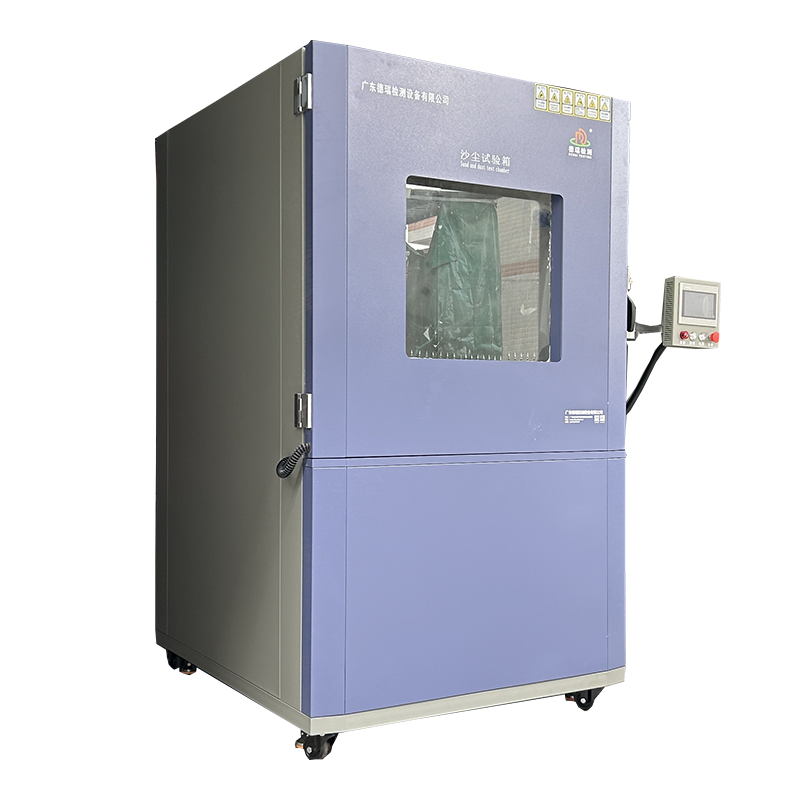
Rubber product dustproof testing equipment
Product Details:
- Measuring Range Dust Concentration ~0-10 mg/m
- Temperature +10C~+60C
- Equipment Type Dustproof Testing Chamber
- Resolution 0.1 mg/m
- Frequency 50Hz
- Max Height 1200 mm
- Display Type Digital LCD Display
- Click to view more
Rubber product dustproof testing equipment Price And Quantity
- 1 Unit
- 248005.0 INR/Unit
Rubber product dustproof testing equipment Product Specifications
- 0.5-0.8 MPa
- 300300 mm
- Automatic Timer, Programmable, Overload Protection
- 3 s
- 0-200 mm (adjustable)
- 1% FS
- Adjustable, 0-60 cycles/min
- Rubber Product Dust Resistance/Ingress Testing
- Standard 50 mm
- 20%~90% RH Adjustable
- AC 220V, 50Hz
- Floor-standing
- 300 mm
- 220V
- Automatic
- 1200 mm
- Customizable/Standard
- 50Hz
- 1-3 pcs
- Programmable
- USB & RS232
- Digital LCD Display
- +10C~+60C
- Laboratory/Industrial
- Dust Concentration ~0-10 mg/m
- Approx. 100 kg
- Digital (Touch Screen/PLC)
- 0.1 mg/m
- Dustproof Testing Chamber
Rubber product dustproof testing equipment Trade Information
- Cash in Advance (CID)
- 100 Unit Per Month
- 5 Days
- All India
Product Description
| Item | Specification |
| Internal dimension | 800W*800D*800Hmm |
| External dimension | 1300W*1000D*1700Hmm |
| Test sample | Size W20cm- L30cm-D15cm, weight 0.5kg |
| Chamber material | SUS304 Stainless steel |
| Specifications of square mesh sieve | Mesh hole 75um, mesh metal wire diameter 50um |
| Talcum powder amount | 2kg/ m |
| Airflow speed | No more than 2m/s |
| Door | Left open door with tempered glass door |
| Controller | PLC Touch Screen controller, programmable to set as below cycle: a. Blowing dust time (Stop/Blow) m/s b. Cycle time: can be adjusted c. Pre-set test time: 0s ~99m99s |
| Vacuum system | Pressure gauge, air filter, Pressure regulating FRL, connecting pipe, Vacuum pump |
| Vacuum pump capacity | 60-600 L/H |
| Fan | Centrifugal fan |
| Safety protection devices | Meter over-temperature function, Phase shortage protection, Power short-circuit protection |
Comprehensive Dustproof Testing for Rubber Products
Designed specifically for laboratory and industrial settings, this dustproof testing chamber meets stringent requirements for rubber product evaluation. With digital programmable controls, customizable capacity, and precise environmental settings, you can reliably test ingress resistance under a variety of conditions. Built with stainless steel and equipped with a tempered glass observation window, the chamber delivers robust durability and clear visibility during tests.
Advanced Features for Enhanced Test Accuracy
Our equipment integrates a digital LCD display for real-time monitoring, an automatic timer, and programmable test parameters. The system maintains uniform dust circulation with a vortex fan, and the control mode enables easy adjustments via touch screen or PLC. Overload protection and emergency stops ensure operator safety, while adjustable test speeds and environmental parameters provide consistent, accurate results for every specimen.
FAQs of Rubber product dustproof testing equipment:
Q: How does the dustproof testing equipment evaluate rubber products?
A: The dustproof testing chamber evaluates rubber products by exposing them to a controlled environment filled with standard talcum dust. The built-in vortex fan circulates dust at adjustable speeds and cycles, allowing precise simulation of real-world conditions. Various environmental factors such as humidity and temperature can be set within programmable ranges to assess the products resistance to dust ingress.Q: What test parameters can I control with this equipment?
A: Users can adjust test speed (0-60 cycles/min), ambient temperature (+10C~+60C), humidity (20%90% RH), test stroke (0-200 mm), and programmable timer (0999 minutes). The number of test specimens (1-3) and total test width (up to 300 mm) can also be configured. All settings are managed via a digital touch screen or PLC interface for convenient operation.Q: When should I use this dustproof testing chamber?
A: This equipment is suitable whenever you need to assess dust ingress protection and durability of rubber products. It is ideal for quality assurance, research, and certification in laboratory or industrial environments, especially prior to product launch or compliance testing with industry standards.Q: Where is the dustproof testing equipment typically used?
A: The testing chamber is primarily used in laboratories, manufacturing plants, and quality control departments focused on rubber product performance evaluation. As a floor-standing, automatic-grade machine, it is suitable for both small-scale R&D labs and larger industrial facilities.Q: What is the process for conducting a test with this chamber?
A: To perform a test, place the specimen(s) inside the stainless steel chamber and use the touch screen/PLC to set desired environmental parameters, test speed, and timer. The integrated vortex fan circulates standard talcum dust, while the LCD display provides real-time data. The equipment automatically logs results and triggers safety systems if overload or emergency conditions occur.Q: How does the automatic timer and programmable control benefit my testing?
A: The automatic timer and programmable control streamline test scheduling, allowing unattended operation and repeatable, accurate results. This reduces manual intervention, enhances consistency, and ensures reliable data for product quality assessments.
Price:
- 50
- 100
- 200
- 250
- 500
- 1000+



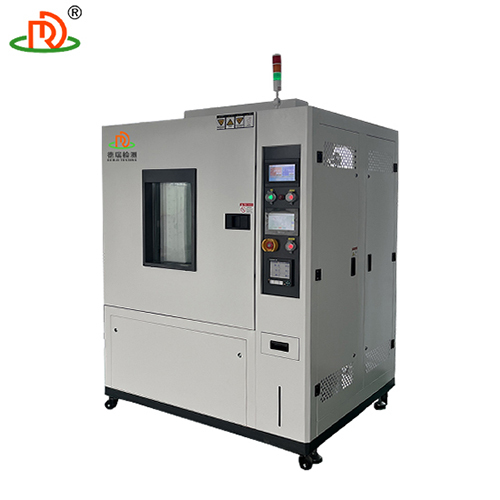
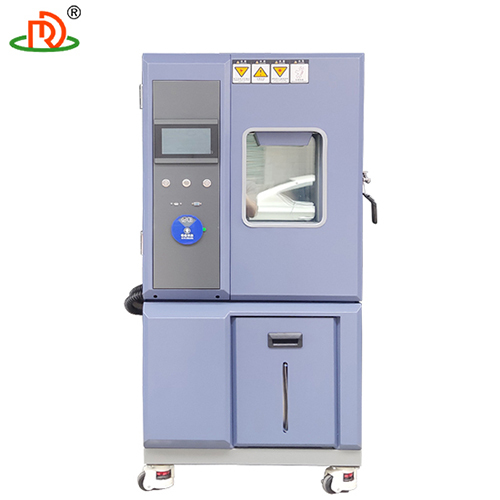
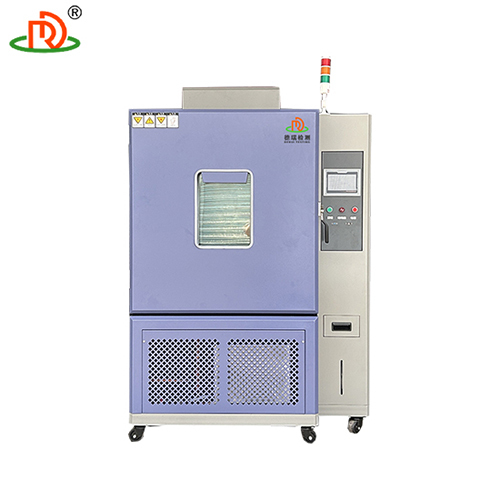
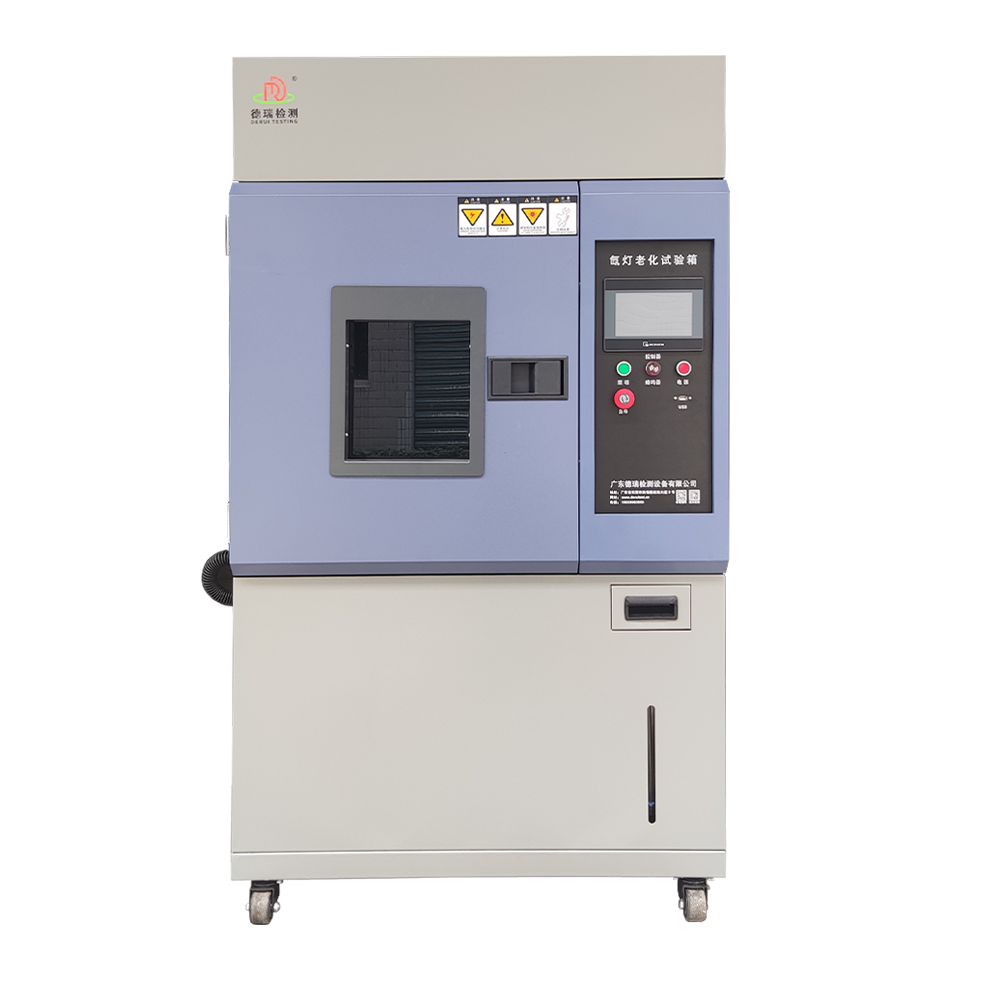

 English
English Spanish
Spanish French
French German
German Italian
Italian Chinese (Simplified)
Chinese (Simplified) Japanese
Japanese Korean
Korean Arabic
Arabic Portuguese
Portuguese